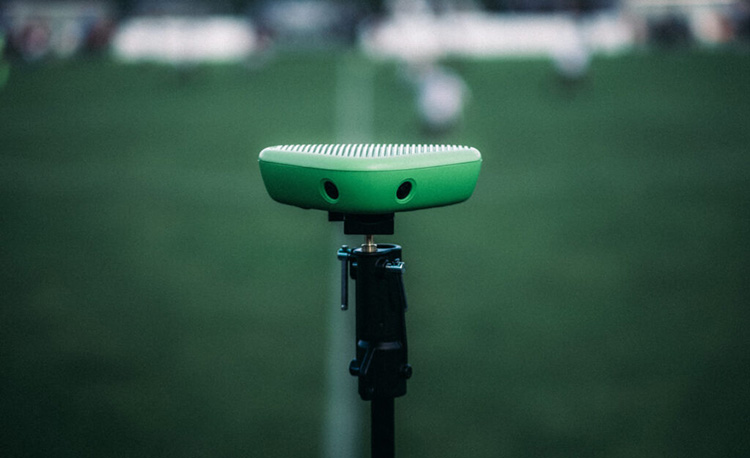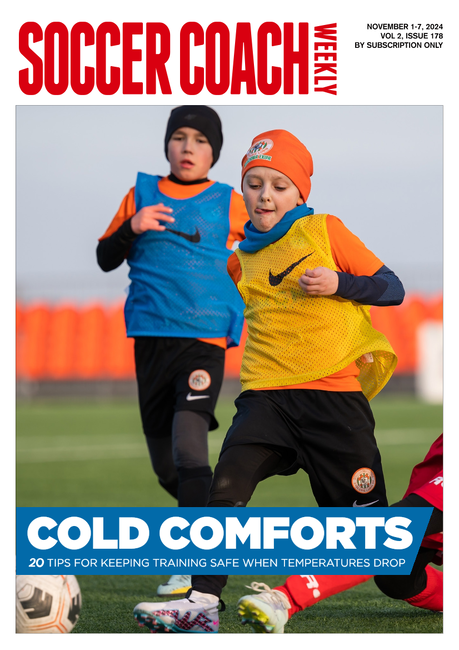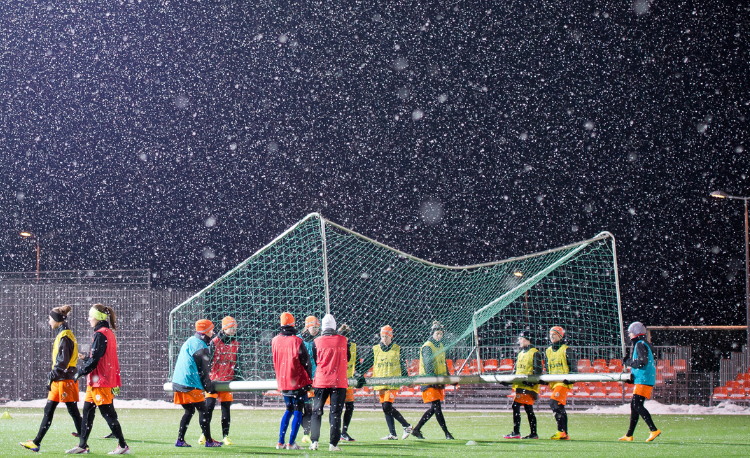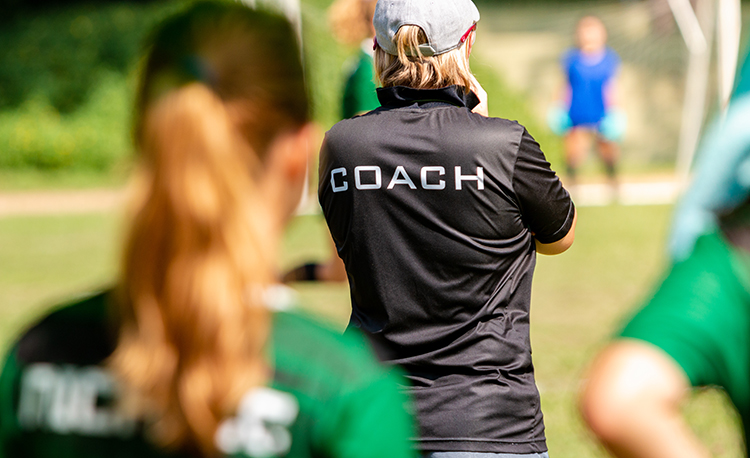'Video clips can help players of all ages'
French-born, England-based JF SCARFO explains to STEPH FAIRBAIRN how he uses footage to help his youngsters appreciate some of the game’s nuances
JF Scarfo is both coach and club manager at Alpha Football Intelligence in London, a grassroots club with the motto ‘Play at pace, attack the space’. During the Covid-19 lockdown, the French-born, Uefa B-licensed coach used his time to watch, review and clip videos of pro games. Now, he uses both these clips, and clips of his team playing, to help his players improve. SCW caught up with JF to talk about the benefits of using video, how it has helped him develop as a coach, and a technical and tactical map he put together to categorise the clips…
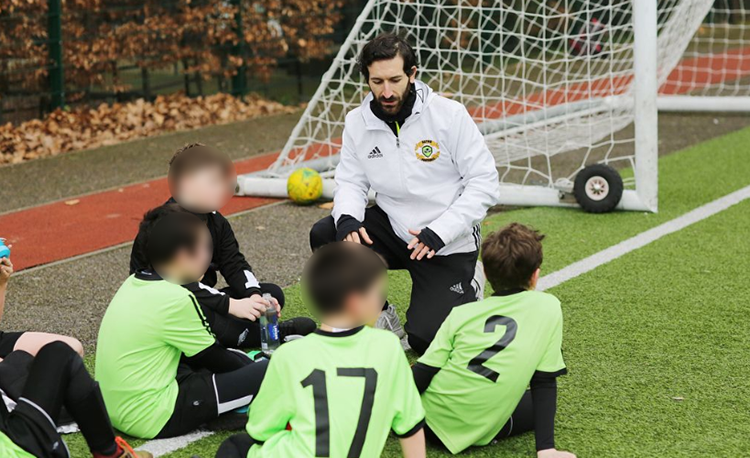
SCW: What are the benefits of using video?
JS: "For myself, with one of my teams, I know that we could correct a few mistakes with some kids. "When you tell them ’you’re doing that thing in matches, it would be better if you change it’, one of the answers you get most of the time is ’no I’m not, I don’t do that’. “I’ve been coaching some of those players for six or seven years now and the first time we had the Veo camera, we did three or four clips in the same match, and the next session the kid came in and said ’now I see what you mean’. I was thinking ’I’ve been telling you that for six years!’. “I think it’s of great value - not just watching professional players, but seeing themselves when you can record them. They understand much better when they see that."
SCW: At what levels and age groups do you think video can be useful?
JS: "I think it’s useful for any age, really. Obviously, with [those] four or five years old, it might be difficult to get them interested. "But let’s be real - the older kids now are always on YouTube, Instagram and TikTok, watching clips of Neymar, Mbappe and Messi doing skills. They’re very receptive to it. "Personally, [with] more tactical analysis and match analysis, I do that with 13 and 14 years old as the first age. "I think before that, at grassroots level at least, it’s maybe a bit difficult. Plus, we only have one camera, so I can only record one game per weekend, which doesn’t help. "But in terms of showing them skills, and things like that, I think at any age it can be very useful. "They learn much more like that than trying to imagine and trying to understand what the coach is trying to say when he talks about a skill or position on the pitch."
"Older kids are always on YouTube watching clips of Neymar, Mbappe and Messi..."
SCW: Do you use a combination of videos of professional games and videos of your own players in match situations?
JS: "We’re lucky to have a Veo camera, so we can record most of the matches. Every week, I do a team video session with my under-14s and we go through little things during matches. "But at that age, at grassroots level, it obviously doesn’t look like proper football sometimes. It’s not that organised tactically - sometimes it’s a mess. “So I think for them to understand some concepts, or some individual or collective tactics, it’s better to link it to professional matches they can relate to and see what the end product should look like. "Even if it doesn’t look like that in their matches, they can at least have in their head a picture of what should happen.”
SCW: You’ve made a map of some of the tactical and technical elements you highlight through video. Can you talk us through some of those?
JS: "As coaches, we always talk about pictures - coach the pictures you’ve got in your head. But I’m not sure we really think about the players and how important for them it is to have a picture in their head. "I think having the videos really helped them share the same picture as the coach. “It started during one of the lockdowns. I started watching a lot of games to just kill time and study the game. "I had a lot of videos, about 100-150 clips. I thought ’maybe I can use it with my players, showing that to them would be quite useful’. "Then I came across a webinar with the Cowley brothers [Portsmouth manager and assistant manager Danny and Nicky Cowley]. They showed their tactical maps that they made when they were at Huddersfield. "I thought that was brilliant. From there, I thought maybe a good way to organise all the clips I had was to simply put them on a map on the football pitch. "The idea is that every player or coach can just click on one of the buttons on the map and it takes them to a video, so they can see what is done in what area of the pitch. "Pitch geography is really important for the coaches when they plan their sessions, if they are looking for specific skills or tactics applied in specific areas of the pitch. "For the kids, it really helps them to see what professional players do in certain situations and in certain areas of the pitch."
Related Files
SCW: Do you also pull out a lot of positives of what players are doing on the video?
JS: "Yeah, definitely. I try, every time we do a video session, to get at least something that went well. If I don’t talk about it in the session, I still cut clips. "With Veo, you can make clips and tag players, hide videos and keep them just for coaches, or show them to everyone and you can put comments that everyone can see. "So when something is really good, I’ve got a special tag for that and I put it in so all the players can watch it. If it’s really good, I mention it in the video. "It’s really important to highlight the positives, not just always talk about the negatives or the not so good."
SCW: What about your own development? How much has it helped you, watching both professional games and your games?
JS: "Massively. I think it all came from starting the Uefa B license, where all our tutors were talking about was details. "In the first few days of the Uefa B course, you realise you actually don’t really know football that much. You say things that everyone can say. "But the actual details of the technical execution and tactics is insane. So I used the lockdown for that, used that time wisely. “I also saw [FA national coach developer and former Manchester United academy head coach] Paul McGuinness on Twitter. He used to do a lot of little clips analysing fine details of skills, what they do with their hips and shoulders, how they move.
"It’s important to highlight positives, not just always talk about negatives..."
"He got me thinking that I should do that too, especially coaching kids. I think you really need to give them a lot of details in everything they’re doing. “So it helps me massively watching the games, and just cutting the clips. Now when I watch games, I’m looking for any moment that I could record as clips. I watched Newcastle against Liverpool recently and cut about 10 clips. I really watch the games differently.”
SCW: Do you find that sometimes players watch the clips and get quite critical about themselves or the way they performed? How do you help them out of that?
JS: "I’ve got one player like that, a centre back. He always thinks ’I should have done this. I should have done that’. "With those players, it’s really important to show them the good things they’ve done, rather than the things they could improve, because if everything around that is good, I don’t think they should batter themselves. “Maybe use the videos to help them come up with ideas. With a striker, instead of just focusing on the end result of ’I haven’t scored’, look at the process - why you haven’t scored. "Watch videos of those situations to see what players do and find the reasons why they’re not scoring, not focusing on ’I haven’t scored, I had a bad game.’"
"In London, there’s a lot of youth clubs. It seems every other morning, someone thinks ’I’m going to start my own club today’..."
Hear the full interview with JF SCARFO, including how spreading young talent thinly across a city might be detrimental, on our podcast — click here to download
Newsletter Sign Up
Coaches Testimonials

Gerald Kearney, Downtown Las Vegas Soccer Club

Paul Butler, Florida, USA

Rick Shields, Springboro, USA

Tony Green, Pierrefonds Titans, Quebec, Canada
Subscribe Today
Discover the simple way to become a more effective, more successful soccer coach
In a recent survey 89% of subscribers said Soccer Coach Weekly makes them more confident, 91% said Soccer Coach Weekly makes them a more effective coach and 93% said Soccer Coach Weekly makes them more inspired.
*includes 3 coaching manuals
Get Weekly Inspiration
All the latest techniques and approaches
Soccer Coach Weekly offers proven and easy to use soccer drills, coaching sessions, practice plans, small-sided games, warm-ups, training tips and advice.
We've been at the cutting edge of soccer coaching since we launched in 2007, creating resources for the grassroots youth coach, following best practice from around the world and insights from the professional game.
